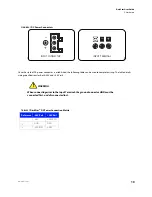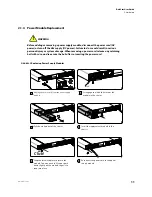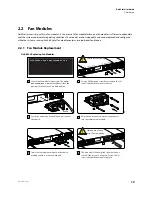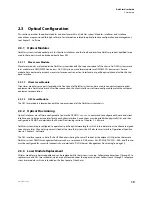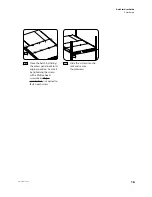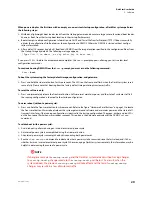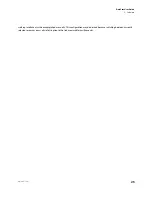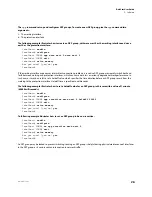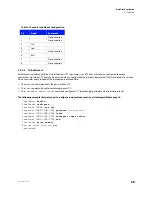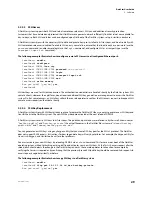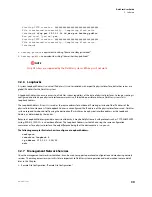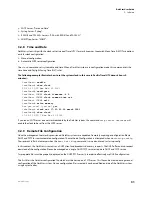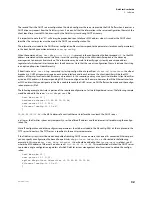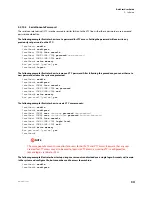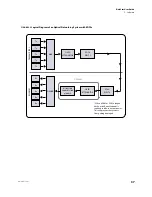
22
DarkStar User Guide
3: Software
www.xkl.com
FIGURE 3.1
Hardware Reset Buttons
3.2.3 Physical Provisioning
Once physical media connections have been established, as outlined in Chapter 2 - Hardware, they must then be enabled via
DXMOS. This section describes the procedures for provisioning physical connections.
3.2.3.1 Wave and Client Interface Provisioning
The default DarkStar configuration does not include connections between client and wave interfaces. Customer equipment
connects to the client interfaces, which in turn connect to the wave interfaces.
Once customer equipment has been connected to client ports using jumper fibers, the DarkStar system must be
provisioned for transport service using the following procedure:
1.
Enter enabled mode and type
show connection
to display existing connections.
2.
Choose a client and wave interface, for example, client 5 and wave 5. Using the same wave and client interfaces is
recommended, unless your network strategy requires otherwise.
3.
Type
configure
to enter configuration mode.
4.
Type
connect client
x
wave
y
encapsulation
z
(“x” is the client interface to be connected; “y” is the wave
channel to be connected; “z” is the encapsulation type).
5.
Connect to the remote DarkStar network on the other end of the fiber line and, using the same process, connect the same
previously specified wave and client interfaces that terminate the remote network service.
6.
Save the updated configuration with a
write memory
command for each system. Each connection between a client and
wave interface requires an encapsulation type. DXMOS can display the available encapsulation values for a particular
interface. If encapsulation type is not specified, the connection will use a previously specified or default encapsulation
type. In this scenario, if the previously specified or default encapsulation type matches the encapsulation type on the other
connection, data will pass correctly. Alternatively, if the encapsulation types on each connection differ, the connection will
fail to pass data.
The side reset button
cycles system power.
The front reset button resets
the system without cycling power.



